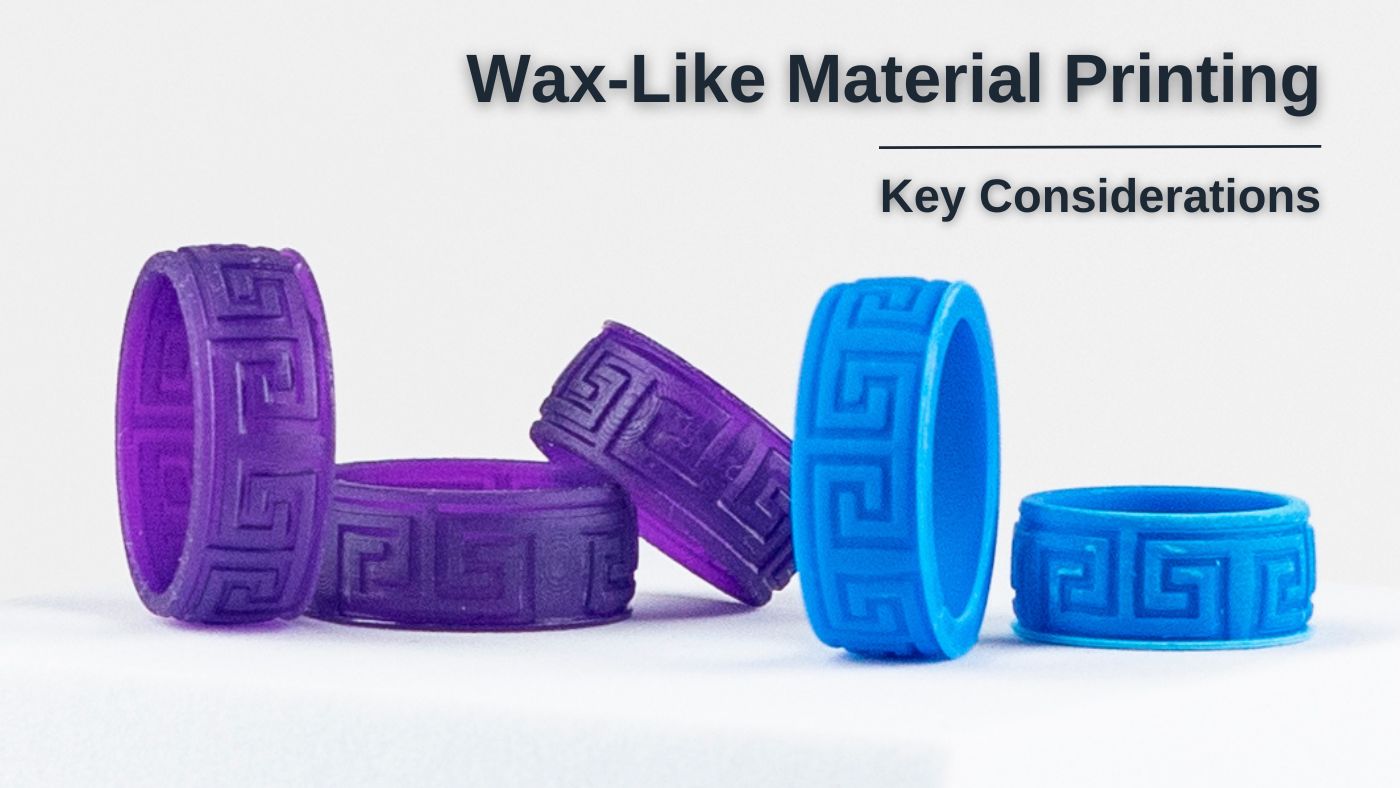We’d love to share some basics on using castable resins, especially those with wax-like material, like Cast True Blue and Cast Purple. There are other types of castable resins that do not contain wax-like material and are hard like standard model resins, but we won’t be discussing those here.
Core Considerations for Wax-Like Castable Resins:
- Wax-like material does not fully cure: Prints made with these resins will be very soft, but the benefit is a cleaner burnout process during casting.
- Strong, thick support tips are crucial: Many print failures occur due to undersized supports, especially for users transitioning from hard-type castable resins. Models with insufficient support can break easily. Some users make the supports thick enough to become part of the casting strut itself.
The following pictures are used as examples:

(Ultralight support)

(Heavy support)
The above support types are just examples. Different models printed with Castable resin require different types of supports.
- Handle with care due to softness: Because these prints are soft, they are vulnerable to physical damage. Mechanical washing (like with typical washing machines) is not recommended as the print may bounce around and get damaged. Ultrasonic cleaners can work, but over-washing increases the chance of damage. Many jewelers wash manually using high-concentration alcohol and soft brushes.
- Full post-curing is essential: For a consistent burnout, ensure that your prints are fully cured. Under-cured prints may have semi-cured areas, leading to inconsistent burn characteristics, making troubleshooting difficult.
For Castable resin: Cure over 10 minutes or longer.
- Avoid curing under water: Castable resins can absorb water, and any trapped moisture will turn to vapor during casting, which can damage your results.


